
Look down the side of any tyre in the UK, and you’ll see a number of markings. Have you ever wondered what these actually mean? They’re put there by manufacturers to display different properties of the tyre – helping you ensure that the right one is on your vehicle.
These markings are standardised under UK law. However, unless you’re fully trained, it can be incredibly difficult to understand what they’re telling you. Modern tyres are peppered with several different codes that not only appertain to the size and pressure of the tyre, but also different facts about its production.
Which of these markings are important, helping guide your next purchase to ensure you’re buying the correct tyres for your car, and which are strictly in-house symbols to aid deliveries, stocktaking and warehousing?
Table of contents:
- Where Can I Find Tyre Markings?
- How to Read Tyre Sizes
- What Other Information Can You Find on a Tyre?
- Other Tyre Markings
- Do Not Mix Tyres
Where Can I Find Tyre Markings?
Get out and take a look at your vehicle. Bend down next to any tyre and carefully examine its sidewall. You might have to tilt your head gently, but sooner or later you’ll come across a series of numbers and letters, either raised in rubber, or perhaps even printed on the tyre away from the edge.
How to Read Tyre Sizes
Next you’ll want to know how to interpret the information you find on the tyre. The most common tyre size in the UK is 205/55R16, so we’ll use this as an example to help clarify what these numbers mean…
Tyre Width – the first three digits of the code indicate the width of the tyre in millimetres. So in our example, the tyre is telling us that it’s 205mm (or around 8 inches) in width.
Aspect Ratio – next up, the fourth and fifth digits combine to give you the profile height or aspect ratio of the tyre. What does this mean? The aspect ratio is expressed as the height of the tyre, from the wheel rim to the edge of the tyre, divided by the width of the tyre. So in our example where the aspect ratio is 55%, this tells us that the height of the tyre is (205mm x 0.55) 112.75mm.
Obviously, using a percentage figure allows the manufacturer to display a more compact code, rather than printing another set of digits on the tyre.
What Other Information Can You Find on a Tyre?
Tyre markings appertain to more than its dimensions. What does the other information listed on a tyre mean?

Tyre construction – there are different types of tyres available today, which are characterised by their underlying structure. In our example, the tyre is a radial tyre, where the rubber is crafted around steel belts, indicated by the letter R.
Other types of tyre include bias belt, where the rubber is built around a corded body, indicated by the letter B, and diagonal tyres made up of layers of casings, surrounded by a rubber body, denoted by the letter D.
Rim size – even though the UK adopted the metric standard way back in the 1970s, because of industry parlance, rim sizes are still expressed in inches. Therefore in our example, the tyre can be mounted on a 16 inch rim.
However, these are not strictly measurements, but rather trade descriptors. If you look into the manufacturing process, then you’ll find that tyre specifications are created to the highest precision, always listing sizes in millimetres on the design plans.
Load index – you won’t be surprised to find out that tyres are only designed to operate under certain stresses. Load is another way of talking about the amount of weight that a tyre can carry. Load indexes are a 2 digit shorthand that reveals this weight in kilograms.
To find out what the load index means, simply refer to a chart below that cross-references the two digit number with the load.
Image via Tire-pressures.com
For instance, a tyre marking of 98 refers to a load bearing capacity of 750kg. Remember that this is the individual weight that the tyre can support – so you’ll need to multiply this amount by the number of tyres on the car to find the total load bearing capacity of your tyres.
If you complete this calculation, you should find that the load capacity is significantly more than the total weight of the car – allowing the safe transport of luggage, passengers and cargo.
Speed rating – some tyres will have a speed rating, that indicates the maximum speed tolerance of the tyre. This will usually be listed at a number far greater than the UK speed limit, showing that the tyres are completely safe at even the top permitted motorway and dual carriageway speeds.
This marking takes the form of a letter or two letter code that can be referenced to give the maximum speed. For instance the letter S means that the tyre should not be used at speeds greater than 112 mph.
Other Tyre Markings
Some of the other markings you may find on the tyre, separate from the code we’ve discussed, include the following:
Country of manufacture – usually displayed as a long form version of the country’s name written across the side of the tyre.
Wear and tread indicators – helping you understand when the tyre is getting near the end of its lifespan and is in need of replacement. You’ll actually find these markings in the grooves of the tyre, and in certain cases they’ll only be visible when the tyre has undergone considerable wear.
Date code – there will often be a date code written as a long form string of numbers, displaying the week and year when the tyre was manufactured.
Do Not Mix Tyres
Finally, it’s incredibly important not to mix different tyre types on your car – as various types of tyres behave differently depending on their size and construction on the road. However, it is acceptable to mix tyres of the same type from different manufacturers, and tyre codes are the perfect way to make sure you’re using the exact type of tyres to fit in with the others on your vehicle.

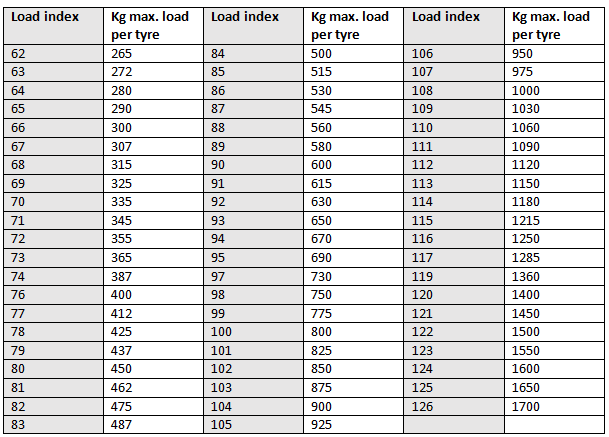

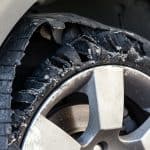
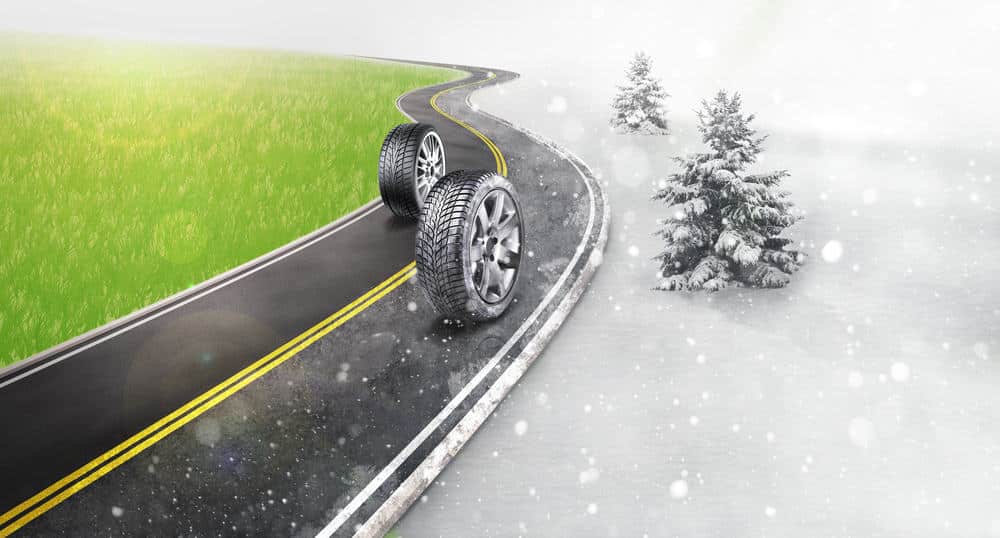

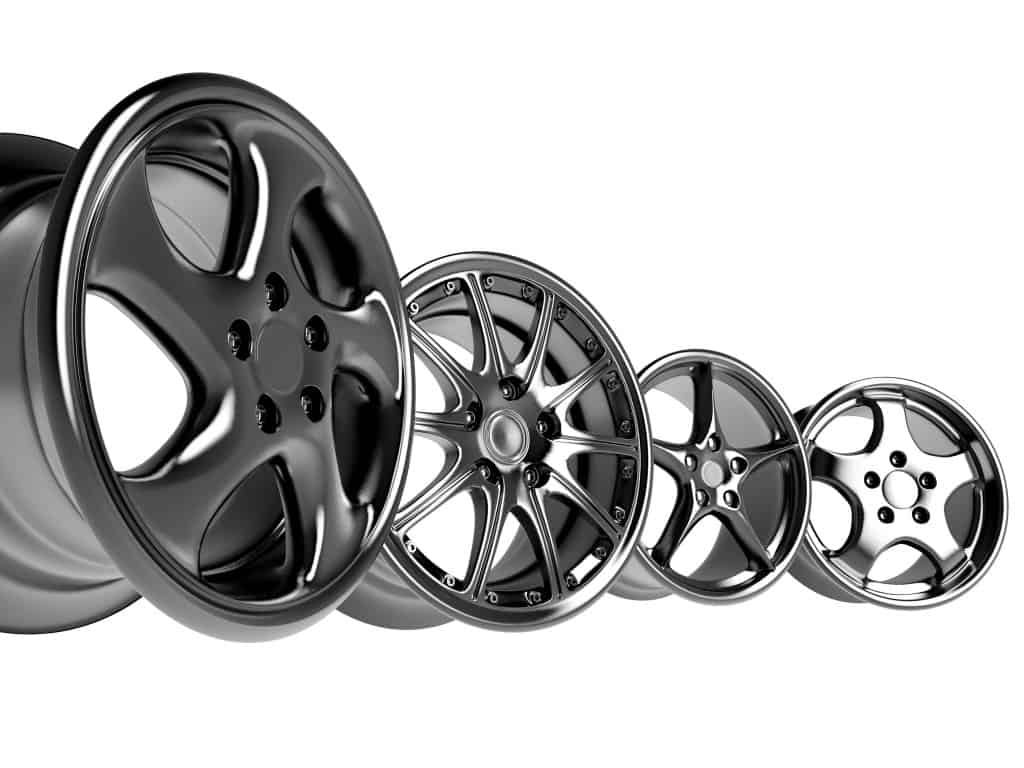


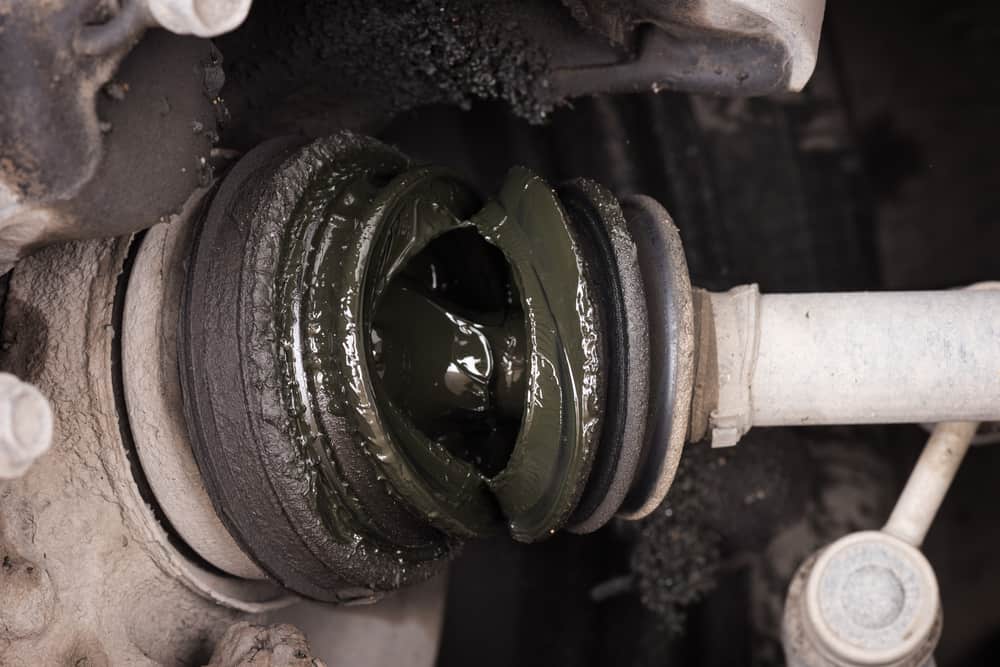
.png)